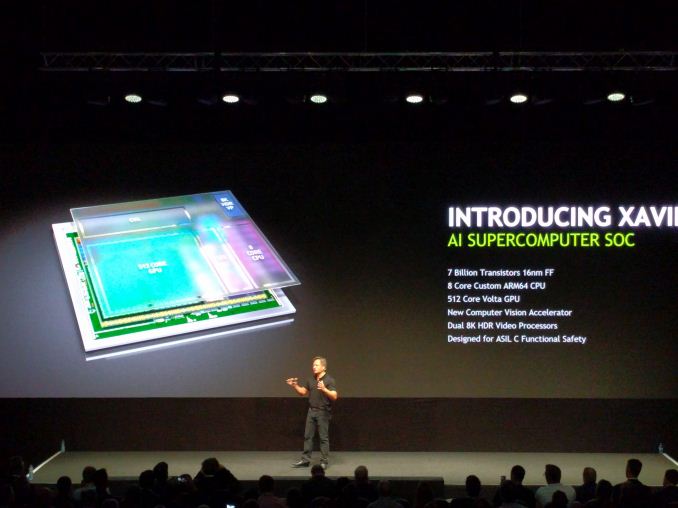Shintai
Supreme [H]ardness
- Joined
- Jul 1, 2016
- Messages
- 5,678
Not a graphics card yet 
GTC Europe 2016: NVIDIA Keynote Live Blog with CEO Jen-Hsun Huang

Sampling Xavier in Q4 2017. Xavier does 20 TOPS DL, 160 SPECINT in 20W
GTC Europe 2016: NVIDIA Keynote Live Blog with CEO Jen-Hsun Huang

Sampling Xavier in Q4 2017. Xavier does 20 TOPS DL, 160 SPECINT in 20W
![[H]ard|Forum](/styles/hardforum/xenforo/logo_dark.png)